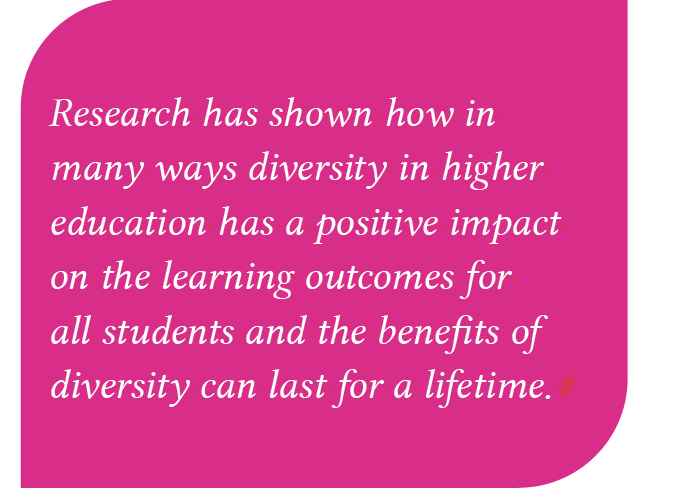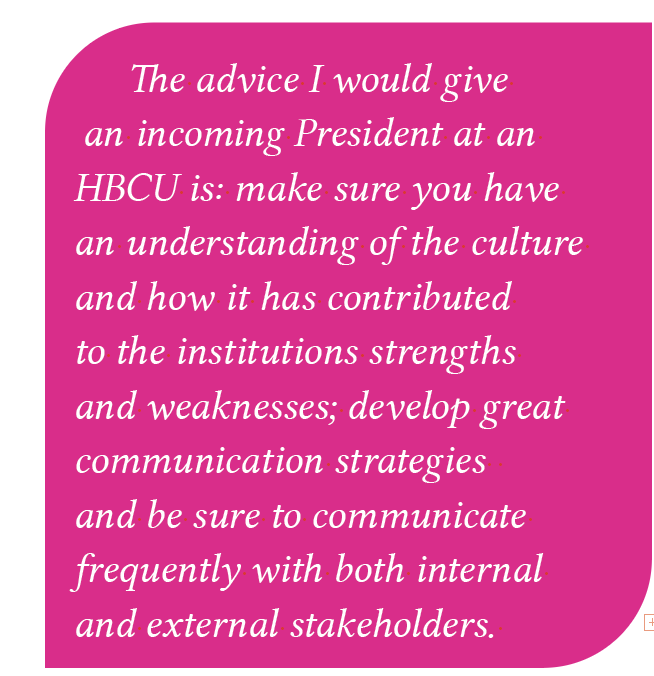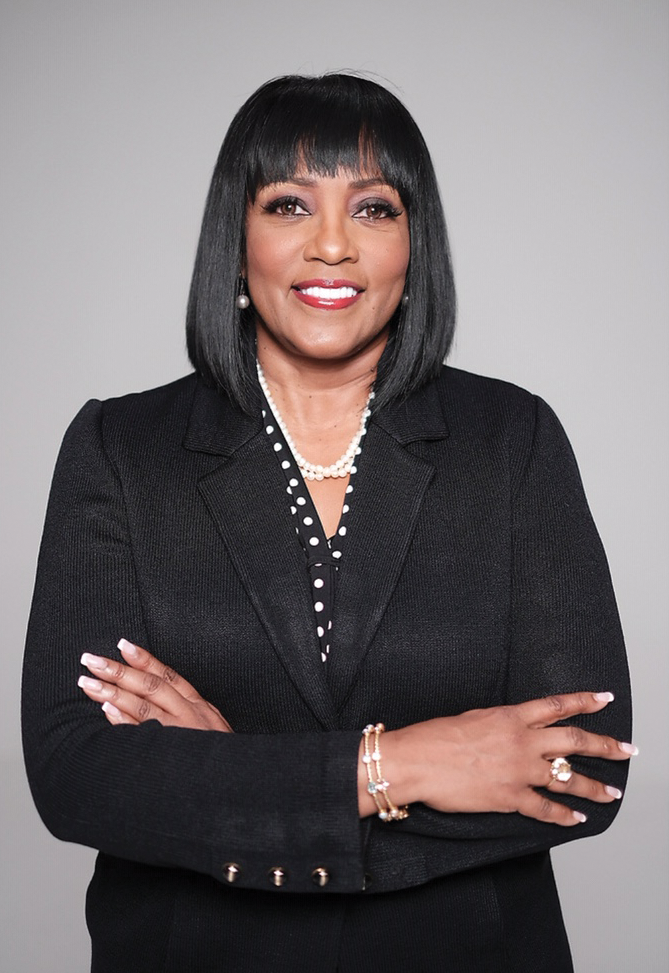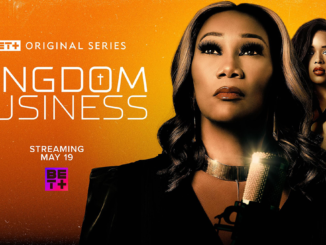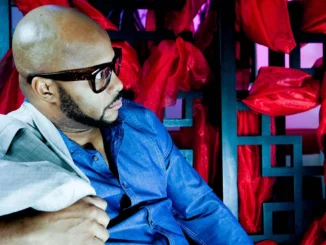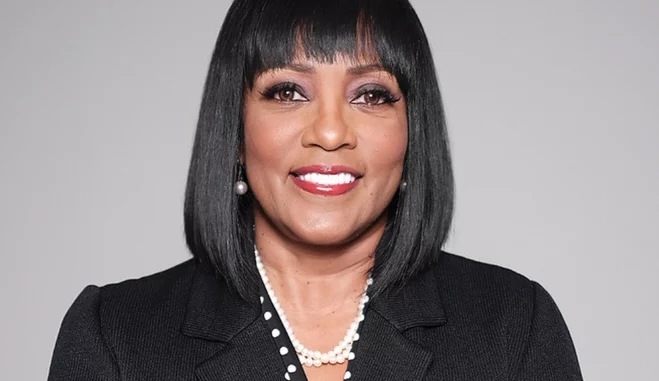
By Taroue Brooks
Dr. Andrea Lewis Miller has more than 20 years of experience in higher education with most of it working in executive leadership capacities. Before forming the AMEC Group, she was the first woman to serve as president at LeMoyne-Owen College. She also served as chancellor of Baton Rouge Community College (BRCC) in Baton Rouge, Louisiana, and SOWELA Technical Community College in Lake Charles, Louisiana. Dr. Miller was also Provost/Executive Vice President for Academic and Student Affairs at Southwest Tennessee Community College where she was also responsible for strategic planning, institutional research, and SACSCOC accreditation. She acquired more than $15 million in grants and contracts over the course of her career to support research, curriculum development, and professional development activities in science and new technology.
Heart & Soul recently spoke with Dr Lewis Miller about recent developments in higher education.
How do you feel that race impacts the education system?
Race has had a major impact on the American system of higher education even as early as the 1863. Before the abolishment of slavery in 1965, anti-literacy laws did not allow for enslaved and free black people to obtain an education. Since the nineteenth century, race was the reason behind the establishment of the Historically Black Colleges and Universities in the US. Because Black students were not welcomed in white institutions, HBCU’s provided undergraduate and graduate level opportunities for African Americans.
Race has also impacted the admissions process in higher education. While colleges across the country will be forced to stop considering race in admissions under the new Supreme Court ruling, in the past, schools have relied on race-conscious admissions policies to improve the effects of discrimination in admissions, to increase educational opportunities for individuals who belong to minority groups, and to increase diversity on white college campuses.
Lastly, race was an extremely important consideration in the 1965 Higher Education Act that produced the Pell grant, financial aid to improve access to higher education. It was the initial legislation to benefit lower- and middle-income students of which most African American students are categorized. This program provided$26 billion in aid to 6.1 million undergraduates in FY2021. If it were not for the Pell grant, many African American could not afford to attend college.
Why is that HBCU’s don’t have the same respect and prestige as the Predominately White Institutions (PWI’s)
I believe that informed Americans view at least some HBCU’s with prestige and respect. While some Americans recognize HBCUs rich history, cultural significance, and vital role is fostering academic success for African American students, others may have misconceptions due to ignorance and lack of awareness about the quality and value of education offered at HBCUs.
I do believe however, that the respect and prestige for HBCU’s are influenced by the systemic barriers that come with underinvestment’s of HBCU’s. Most HBCUs have inequities in funding for competitive faculty salaries, faculty research, facilities and other non-academic factors that overwhelmingly advantage White and wealthier colleges and universities.
Additionally, HBCU’s have not traditionally, as individual institutions, prioritized the need to have a strong branding strategy that helps ensure that when potential students think of a product or service within the higher education industry, they immediately think of an HBCU.
What was it like being the first female president at LeMoyne-Owen?
It was very challenging for a number of reasons. Of course, there are many challenges that result from just being new and they have very little to do with gender. Given the culture of the college at the time of my arrival, many challenges resulted from being a newcomer. The challenging work consisted of building a leadership team, connecting with the internal and external stakeholders to build consensus, creating a vision and developing shared goals to undergird a strategic plan, while trying to assess, understand and operate within a new culture. There was also the challenge of “change”. LeMoyne-Owen College was my third presidency. My leadership specialty was implementing needed change to move the educational enterprise to its next level of excellence. However, what I came to understand is this: there is a curiosity of new leadership by all stakeholders that often impedes the president’s ability to move the stakeholders toward a collective vision, particularly if the new vision requires change and more specifically if that change is led by a female. The curiosity I believe results from stereotypical expectations which comes from stakeholders past experiences. And at LeMoyne-Owen, like many institutions, there were experiences with previous presidents that influenced expectations and impressions of me – new, female, change agent.
As the first female, I do believe my second challenge was an initial board with 21 members of which 3 were women and 18 men. I believed I was scrutinized in a different way than the previous male president. Research suggest that female presidents are often categorized as being “competent but not well liked” or “liked but not necessarily competent”. Like other women in CEO positions, no matter how much I tried, I struggled often times getting stakeholders to see who I was as a leader. While my tenure as the first female was filled with challenges, each of the challenges added to my growth as a leader.
What do you feel is your legacy at LeMoyne-Owen College?
According to the Century Foundation higher education report, increasing the endowments of HBCU’s is not really just about the money, it is about investing in the stability and security of the institution. Much like the wealth gap between Black families and white families, there is an endowment gap between HBCU’s and similar but predominately white-serving institutions. Increasing endowments is a challenge despite sizable donations made to them. While at LeMoyne-Owen my efforts secured $40 million dollars to add to the college’s existing $12 million endowment. Endowments are vital to the life of an institution, particularly a college like LeMoyne-Owen, one that cannot count on ongoing support from the state government. The Century Foundation states that endowments allow a college to make commitments far into the future, provide higher quality service, all while knowing that resources to meet those commitments will continue to be available. Endowments provide financial stability to an institution, leverage other sources of revenue to offset the cost of tuition for students that cannot afford it and provides opportunities for innovative research and creativity in teaching.
What advice would I give an incoming President of an HBCU?
The advice I would give an incoming President at an HBCU is: make sure you have an understanding of the culture and how it has contributed to the institutions strengths and weaknesses; develop great communication strategies and be sure to communicate frequently with both internal and external stakeholders about your strategic direction; be sure to surround yourself with trustworthy, ethical and competent individuals; and lastly, be a person with strong leadership skills that are intertwined with passion, patience and persistence.
Affirmative Action is no longer. How will this impact our African American students?
Research has shown how in many ways diversity in higher education has a positive impact on the learning outcomes for all students and the benefits of diversity can last for a lifetime. Of course a ban would most likely negatively affect students of color who would not have had the opportunity to attend a selective college/university that maintains a plethora of resources which in many cases help with retention rates, graduation rates, and job placement rates for African Americans. Additionally, the lack of affirmative action could prevent majority students at these colleges/universities from benefiting from the perspectives and experiences that having a more diverse environment brings. While Affirmative action has stood as a very powerful force against racism and discrimination, aiming to level the playing field, I believe that HBCU’s provide a very viable and excellent option, and for some, HBCU’s provide a better option.
What should the Historical Black College/University do given Affirmative Action has come to an end?
A 2023 study by the Lumina Foundation found that Black students are more likely to experience discrimination in college than all other post-secondary students. The National Center for Educational Statistics reveals that hate crimes and racial bias are rising on college campuses. For Black students, who may already feel unwelcome at predominately white institutions, the Supreme Court’s decision to end affirmative action perhaps validates their feelings of not being wanted. HBCU’s on the other hand were designed specifically for Black students. Not only do students feel more welcomed and supported by faculty and staff, but they are encouraged to excel academically and engage in Black culture. Now, the problem is that some HBCU’s do a much better job of this than others. It is an access to resources issue. So, HBCU’s must focus on enhancing their academic program, strengthening partnerships, amplifying their unique contributions to attract diverse student populations. Additionally, HBCUs must develop strategic initiatives to brand themselves and increase endowment funding.
About
The AMEC Group, Inc. is an innovative new company that provides business consulting, training and employee development designed to enhance corporate growth. The goal of the company is to provide a full range of services to assist companies in securing federal government contracts, to enhance workforce needs in the industrial and commercial sector, and to develop creative strategies to assist Historically Black Colleges and Universities (HBCUs) in generating alternative sources of revenue for financial stability.
Prior to her leadership roles at community colleges, Dr. Miller spent several years in academic administration at four-year institutions. She served six years as vice president for academic affairs/dean of faculty at LeMoyne-Owen College, and as an assistant dean in the College of Human and Community Sciences at the University of Nevada, Reno.
Dr. Miller earned a Doctor of Philosophy and master’s degrees in Cell and Developmental Biology from Atlanta University and studied as a post-doctoral fellow at the University Of Cincinnati College Of Medicine. She also has spent summers engaged in biomedical research at the Marine Biological Laboratories (MBL), Woods Hole, MA and at Los Alamos National Laboratories (LANL), Los Alamos, NM.



